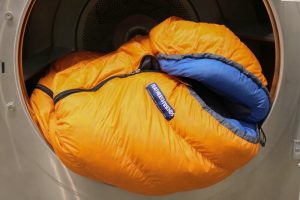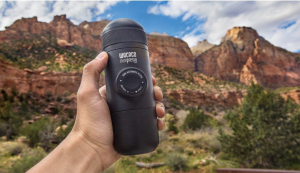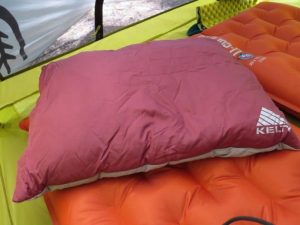Choosing the right roof box for your vehicle is not an easy task. There are many different types of boxes to choose from, some that will work better than others depending on your needs and what you’re transporting. This blog post provides a step-by-step guide to help you make this important decision

Table of Contents
What is a roof box?
A roof box is a storage container that mounts to the top of your vehicle. They can be made from several different materials, including aluminum and plastic, and come in a range of different sizes.
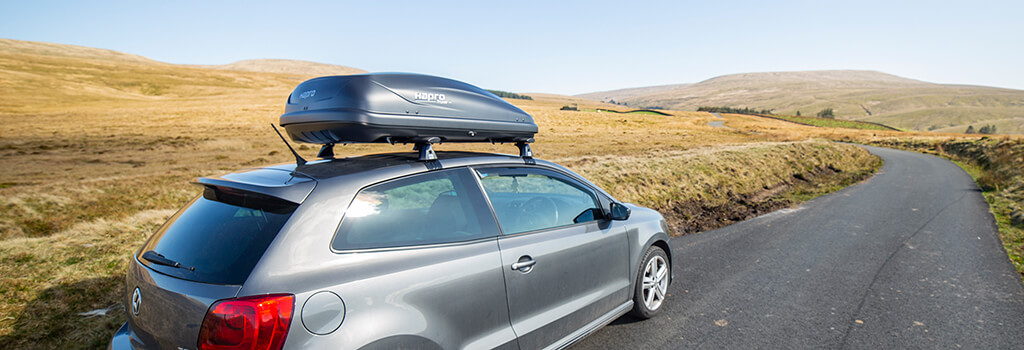
First Check Your Car Manual
Before you choose a roof box, it’s important to check your vehicle’s manual for the maximum load capacity your car can hold on its roof. This can be found in the owner’s manual under a section on carrying cargo. Some vehicles have pre-installed bars that are designed for mounting roof boxes.
In general, roof boxes can add up to 100kg/220lbs of load capacity when mounted properly to the bars installed on your car. This is because roof boxes add weight to the top of your vehicle, increasing its center of gravity and making it more susceptible to tipping or swaying. It’s important to find a roof box that’s not too heavy.
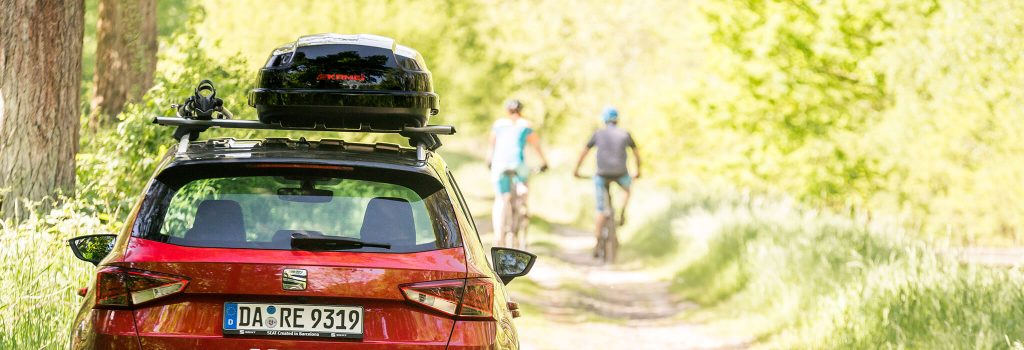
Roof Box Size and Shape
Roof boxes are generally available in three different sizes and shapes, each accommodating different types of loads.
- Rectangular roof boxes are best for bulky items like luggage, skis, or camping equipment. They provide the most space and typically have a low center of gravity, making them very stable.
- Narrow, tall roof boxes are best for lighter items like suitcases and bags. They provide a lot of small storage spaces that can be useful if you’re carrying lots of smaller objects.
- Wide, low-profile roof boxes give more usable space than other types but tend to have higher centers of gravity and may not fit on certain cars or vehicles.
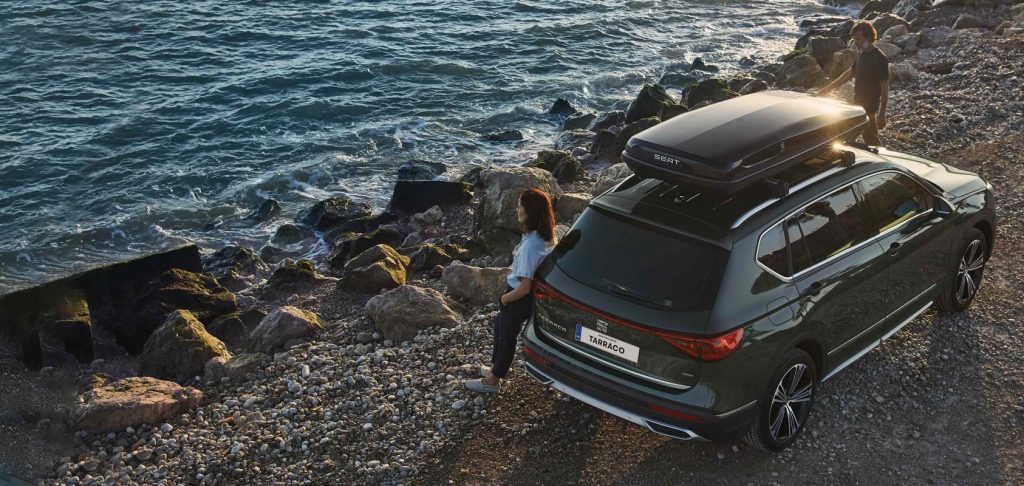
Roof Box Size
Roof boxes are generally available in three different sizes, each accommodating different types of loads.
- Small roof boxes are usually rated for 20-25 cubic feet and can be used to carry smaller loads, like skis or snowboards.
- Medium roof boxes are usually rated for around 33 cubic feet and can carry things like luggage, sports equipment, or camping equipment.
- Large roof boxes are usually rated for 40-45 cubic feet and can be used to carry larger loads, like a full-sized kayak. They also give you more room for storage, which can be useful if you plan on using your roof box as additional cargo space.
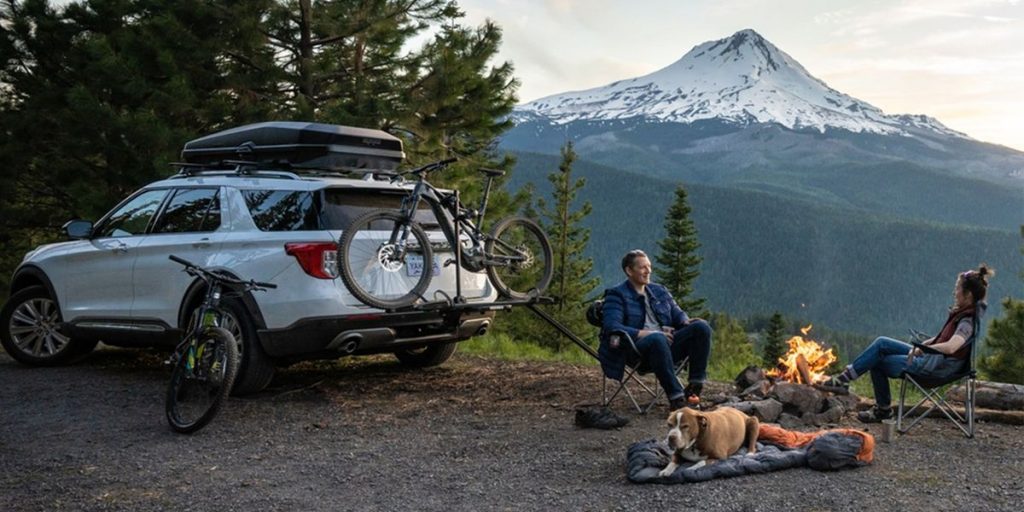
Material Types
Roof boxes are available in three different material types. Each type has its own set of pros and cons, so you’ll have to decide which one is best for your needs.
- Steel roof boxes are often the cheapest option, but they tend to rust over time and can dent easily. However, steel boxes are usually rated to carry the most weight of all three material types, making them a good choice if you plan on carrying heavy items.
- Aluminum roof boxes are usually the most expensive type, but they can last for years without rusting or denting and hold up to the elements better than other material types.
- Plastic roof boxes are lighter and easier to transport than steel or aluminum, making them especially useful if you plan on using your roof box frequently or during long trips. They can also hold up to the elements better than steel boxes.
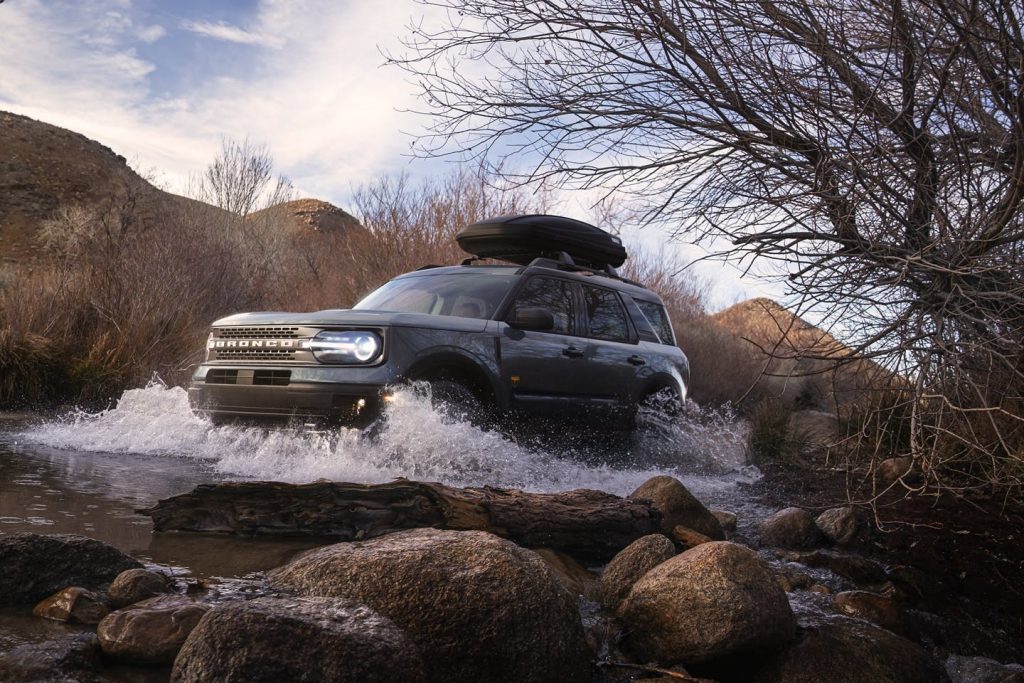
Installation Options
Roof boxes are available with different installation options that determine how easy they are to mount to your car. There are two main types of installation: factory and after-market.
- Base system roof boxes use a factory mounting system and are designed to work directly with the bars installed on your car at the time of production. These tend to be the easiest to install, but they are usually only available for select car models.
- Towers and side rails are after-market mounting systems that can be added to your vehicle even if they didn’t come with them originally. They work by connecting to factory mounting points on your car. This makes them much easier to install, but you won’t be able to use roof boxes designed for cars with factory bars.
- Crossbar roofs boxes are designed to be used with crossbars, which are found on many SUVs and crossover vehicles. This makes them easy to install because you only have to mount them on the crossbars, which can be done with just one person.
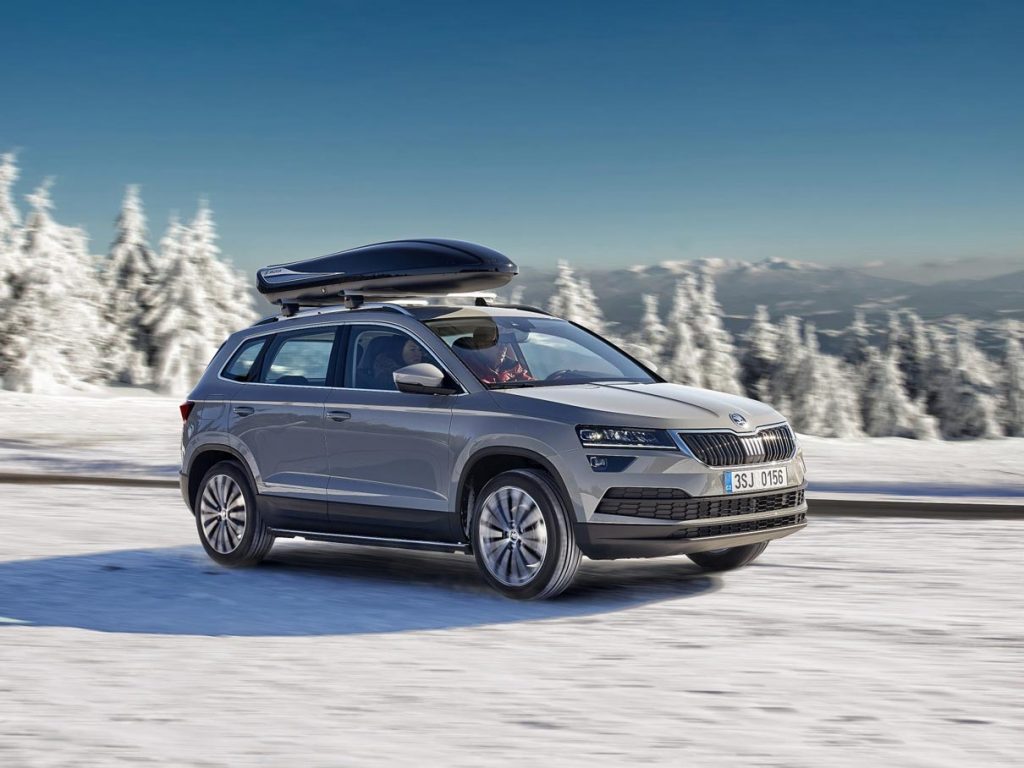
Connectors/Adaptors
Roof boxes are available with several different types of connectors and adaptors that make them compatible with factory bars, after-market towers and crossbars, and other roof boxes.
- U-bolts are the most common type of connector and are compatible with factory bars, after-market towers that use u-bolts or clips for mounting, and other roof boxes that use u-bolts and/or clips for mounting.
- Nuts and bolts are other types of connectors, but they tend to be more difficult to secure and remove than u-bolts. They’re compatible with factory bars, after-market towers that use nuts and bolts, and other roof boxes that use nuts and bolts.
- T Track adaptors are designed to work with factory mounting points that have t-tracks. This makes them compatible with most cars, but they are not compatible with towers or u-bolts.
- Clips are similar to u-bolts, but they don’t require any tools for installation and removal. They’re compatible with towers that use clips for mounting, after-market crossbars that use clips for mounting, and other roof boxes that use clips for mounting.

Locks
Roof boxes are available with different levels of security to help protect your belongings from theft and damage.
- The most basic type of lock is a padlock, which can be used in combination with other locks for added security. These are usually found on factory system roof boxes.
- Towers and crossbars are available with built-in locks that can be opened using a key or combination code. These are usually more secure than padlocks, but they’re also harder to install.
- After-market crossbars and towers can come with locks that can be opened using a key or combination code. These are usually more secure than factory system roof boxes, but they as easier to install as built-in locks.
- Roof boxes with security cables can be locke
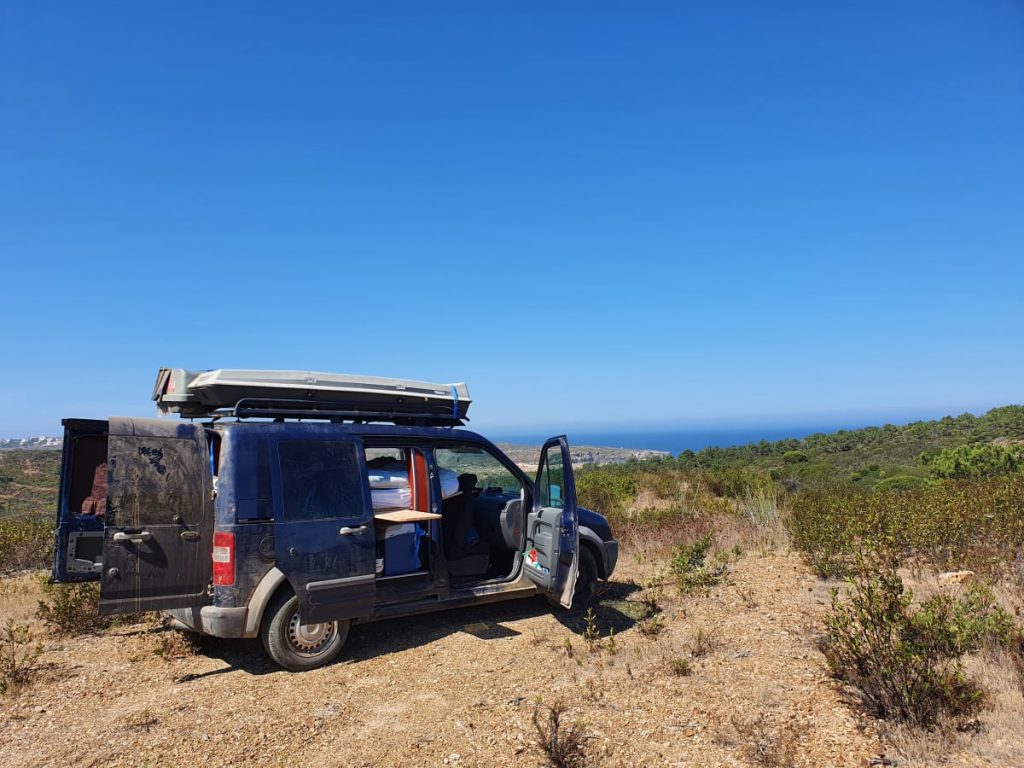
Considerations
There are several factors to consider when choosing a roof box, including material type, installation options, connector types, and compatibility with factory bars.
Warranty – Roof boxes are available with different warranties, which can affect their durability. Most roof boxes have a warranty of one year or less.
Budget – Roof boxes are available for all price ranges. They can be purchased as a single unit or in kits that include racks, locks, and other accessories.
Size – The size of the roof box you choose will depend on what you plan to put in it. Larger boxes are more expensive, but they’re usually more secure and easier to access.
Installation – Some roof boxes can be installed by one person, but others require two people. Built-in locks and security cables are the easiest to install because they’re typically found on aftermarket towers or crossbars that don’t use u-bolts for mounting.
Compatibility – Some factory system roof boxes will not fit cars with crossbars or towers, and some aftermarket options won’t work on cars with factory bars.
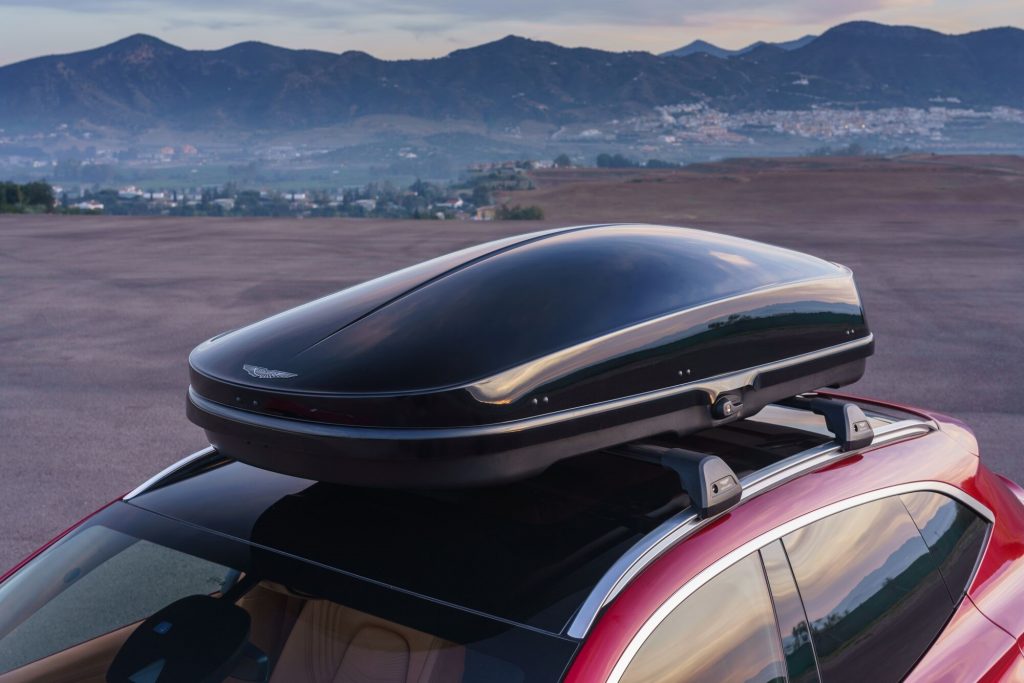
FAQ
Q.What are the benefits of a roof box?
A.Roof boxes have many advantages over rooftop cargo carriers, including increased security and ease of use. They provide drivers with additional storage space without taking up any interior cabin space, making them great for long road trips or weekend getaways. Most models also come with locks for added security, and they’re typically weatherproof to help protect belongings from the elements.
Q.What are the types of roof boxes?
A.Roof boxes come in a variety of shapes and sizes, but they’re usually divided into two categories: factory system roof boxes and aftermarket roof boxes. Factory system options are designed to fit on cars with pre-existing crossbars or towers, but they can also be used with factory bars on some vehicles. Aftermarket roof boxes are available in a wider range of sizes and shapes, including box-style and carrier-type options. They also come with locks for increased security.
Q.What are the most important factors to consider when choosing a roof box?
A.There are many factors to consider when deciding which roof box is right for you, including material type, installation options, connector types, and compatibility with factory bars. It’s also important to consider the size of your cargo and how much you’re willing to spend.
Q.What are the differences between built-in locks and aftermarket ones?
A.Aftermarket crossbars and towers typically come with locks that can be opened using a key or combination code. Built-in locks are usually found on factory system roof boxes, and they’re typically opened using a key or combination code. Built-in locks are more secure than aftermarket ones, but they’re also harder to install and replace if they break.
Q.Are all roof boxes compatible with factory bars?
A.No, not all roof boxes are compatible with factory crossbars or towers. Some aftermarket options can also be used with factory bars, but it may require the purchase of additional hardware that’s sold separately from your roof box.
Q.How long do roof boxes last?
A.Roof boxes are designed to stand up well against the elements, but they can last anywhere from three to five years or more, depending on the material type. Built-in locks are typically designed to be weatherproof, so they may last longer than aftermarket locks.



